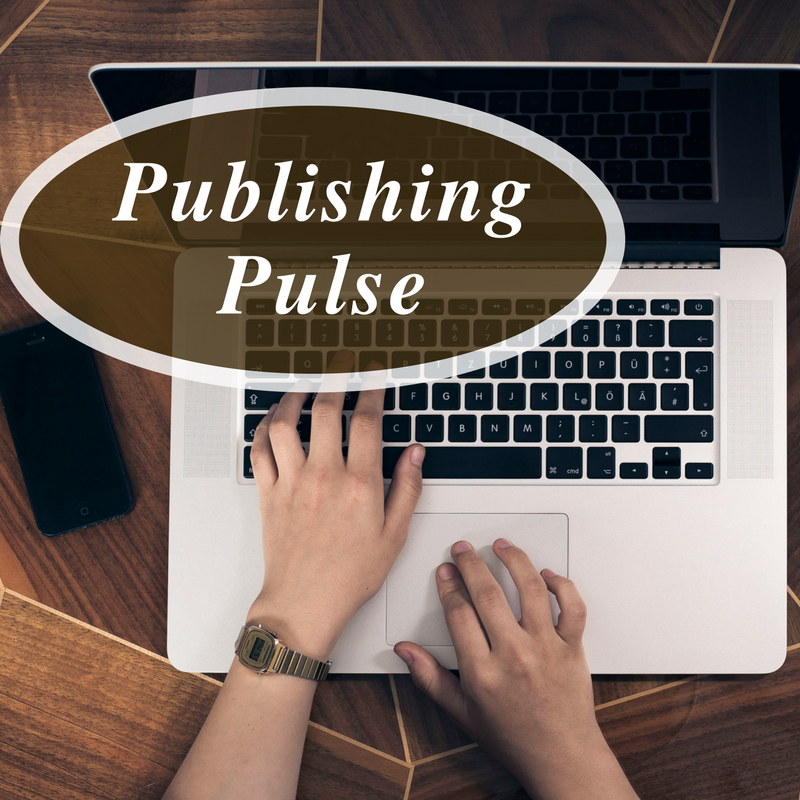
What is Sustainable Publishing?
Sustainability is a hot topic in every industry. 69% of consumers say they’ve made changes to their shopping habits…
October 28, 2023
Sustainability is a hot topic in every industry. 69% of consumers say they’ve made changes to their shopping habits…
October 28, 2023
When you submit your materials, editors, agents and publishing executives prefer to read a well-crafted proposal instead of a…
September 26, 2023
Writers Chat, hosted by Johnnie Alexander, Brandy Brow, and Melissa Stroh where we talk about all things writing, by…
September 19, 2023
As I wrote this article, I got an email from my publisher letting me know that the pre-order sales…
August 9, 2023
Among writers in the publishing community, there is a false belief that my submission does not have to be…
February 25, 2023
I used to cringe when I saw the mail or email from one of my publishers. It probably contained…
December 26, 2022Editors and agents are blasted with submissions every day. I know because I’ve been one of them for…
August 25, 2022
“Don’t Bury the Lead” is a common instruction to new writers. Literary agents and editors receive high volumes of…
July 25, 2021
From my experience in publishing, editors and agents are often slow to respond to submissions. This time lag…
November 25, 2019
I recently read some advice to self-published authors, to the effect that Lulu offers their clients a “free” ISBN—but…
November 12, 2018
Every time I read an article from Publisher’s Weekly about trends in Christian publishing, especially fiction, I find myself…
August 12, 2018
Book authors are hearing more and more voices telling them to self-publish and “reap the profits that traditional publishers…
June 12, 2018
We all know the value of saving for the future. The truth is that’s not just good financial advice—it’s…
October 7, 2015